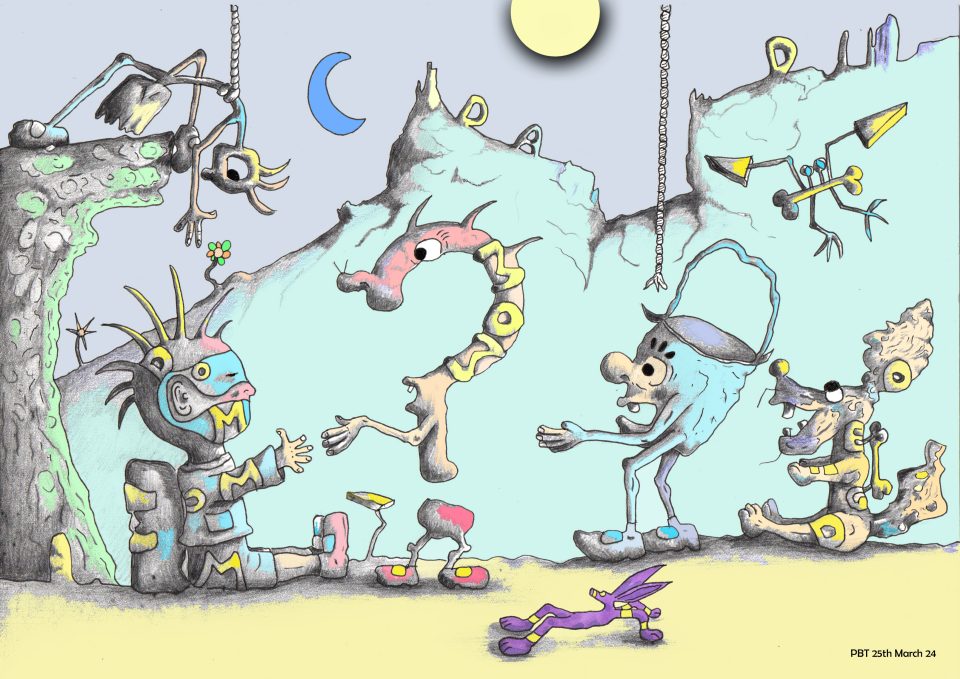New guidelines issued by the President of the Family Division to better protect children from identification during child welfare proceedings confirms that identification of children in care causes life-long damage to children and their families, and amounts to a breach of the child and their family’s human rights.
The Times picked up on McFarlane’s suggestion to give social workers the chance to address criticisms of their assessments during the court process this week, which has sparked concern among families going through child protection proceedings who have yet to be given the chance to address personal criticisms of them, which are often unfounded. The guidance also recommends passing on social work criticisms about council misconduct and illegal activities to Ofsted as well as the council in question’s Monitoring Officer to ensure that any breaches are dealt with in law.
Of equal interest to this site are McFarlane’s recommendations for keeping children’s details private to avoid their identification online and in the real world, and it is his reasons for keeping those details private which unwittingly make the strongest case possible for banning councils and agencies from posting intimate details about children waiting to be fostered or adopted online or in the public domain.
The guidelines issued last Friday make specific references to the impact of children in care being identified, which clearly apply at every stage of a child’s life. One of McFarlane’s key observations on identification and how it can not only traumatise families for life but also affect their futures is found on page 4, and is added in his thoughts about identification through ethnic detail:
“Identifying a child/parent by ethnic group can be a key identifier -and with ‘beyond border’ implications where families have links with communities elsewhere. Information about abuse can have lifelong economic, social and psychological consequences for family members; it can result in serious social stigma, rejection and trauma, impacting on marriage prospects and life chances.”
McFarlane offers more reasons on why identifying children in care is dangerous, this time in relation to their personal safety. At page 6 of the guidelines he says:
“The need for a public body to be identified when acting in respect of citizens is recognised to be important. Nevertheless we now know that naming the local authority in a public document may set clear geographical boundaries to the location of some children; their location may be further narrowed down by other information in a judgment.”
The ability to find and locate children is re-activated once proceedings are over and a child is placed with a fostering or adoption agency. Councils and agencies are then free to publicly advertise a child’s name and details, often with photographs of the child, all fully available online and for the world to see, including offending paedophiles, child traffickers and criminal gangs. There is no sound logic to this.
McFarlane uses risk of identification to defend the practice of not naming councils in family law judgments (and in other parts of the report social workers), however there is clearly a much bigger issue here. It’s all well and good protecting children during proceedings, but their rights to personal safety and a life free of abuse and trauma do not end once these proceedings are over.
If you feel as strongly as we do that a child’s human right to privacy is an inalienable legal right as set out in the Human Rights Act 1990 and the Convention on the Rights of the Child – both of which the UK is fully signed up to – then please consider signing our petition to end the advertising of children online for adoption and fostering purposes.



Signed and shared. Good luck.
LikeLiked by 2 people
We often hear of Councils and other public bodies “breaking the law” but never hear of anybody concerned being prosecuted !
Why is that??????????
LikeLiked by 1 person
Only parents get prosecuted. Directors of social services get promoted, or at worst ‘retire’ with a substantial bonus.
LikeLiked by 2 people
This is an excellent post, which illustrates the duplicity of the guidance in terms of protection of anonymity of the child within proceedings but not outside of. It thereby has the people question the reasoning behind certain elements within the guidance in terms of the principle of non-identification of professionals – such as social workers, psychologists as expert witnesses. If I may Natasha, I’d like to request a post dedicated to this, as I have evidence that is quite alarming. Great blog!
LikeLiked by 3 people
Many thanks. You’re more than welcome to email me at Sobk13 at gmail dot com to discuss further. All the best.
LikeLike
Pingback: President’s Guidelines On Anonymity In Family Cases Confirm Adoption Adverts Are Breaking The Law | tummum's Blog
President’s Guidelines On Anonymity In Family Cases Confirm Adoption Adverts Are Breaking The Law
LikeLike
it seems the child protection system and all who operate within it keeps breaking laws. when will these criminals be rounded up and prosecuted?
LikeLiked by 2 people
As long as the Police continue to turn a blind eye to the SS breaking the Law then it will be business as usual.
Council officials are very likely aware of the lawbreaking going on but instead of cleaning up the corruption within their own Council they choose to protect their staff instead using the skills of their Legal dept to fend off complaints and allegations.
LikeLike